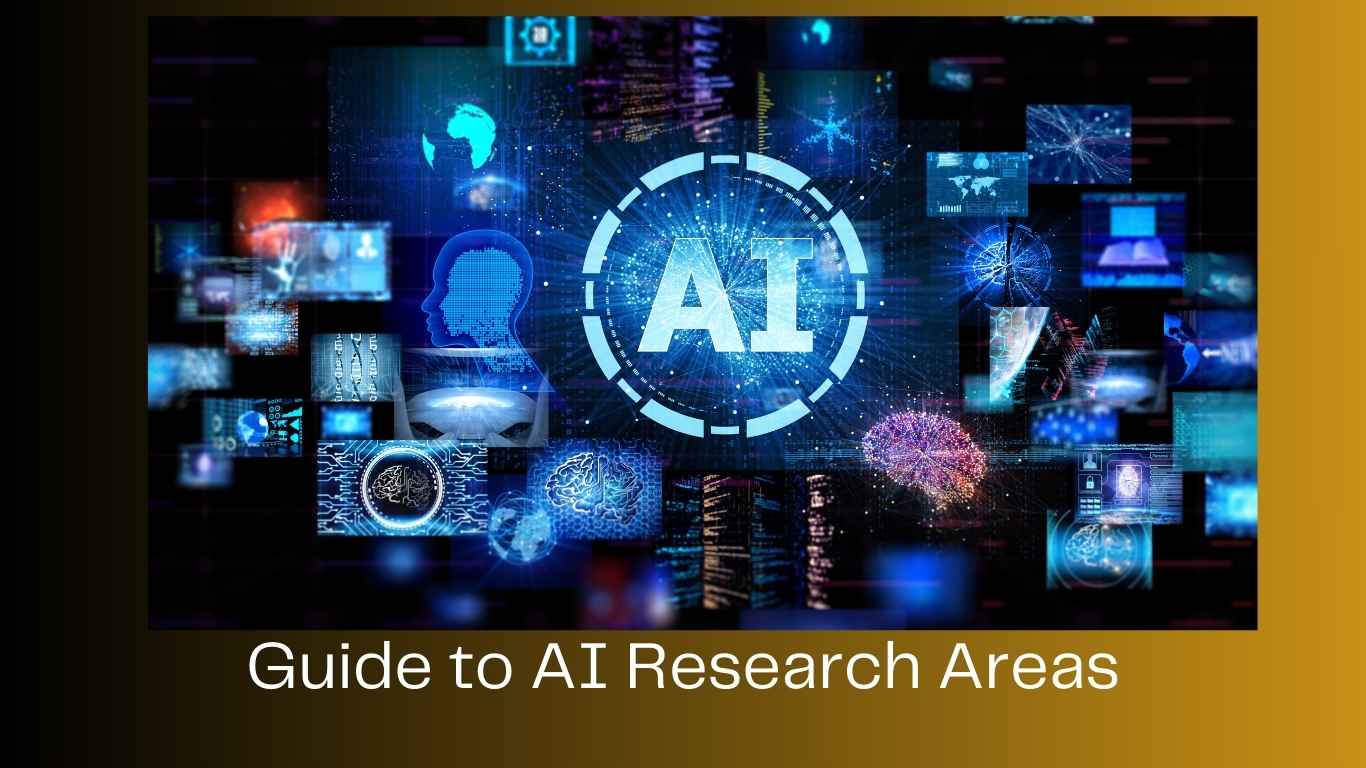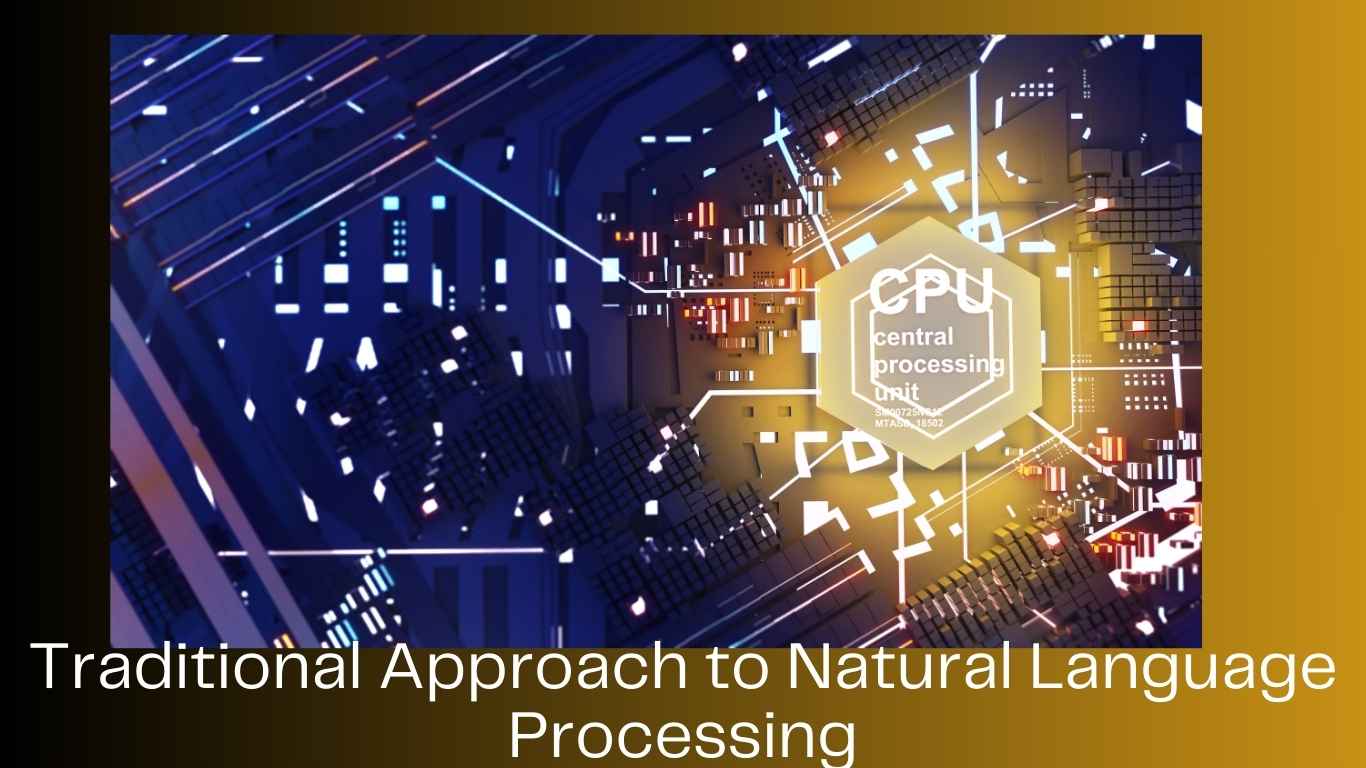How will ai replace human translators Best Guide 2025
🌍 Will AI Replace Human Translators? Truth Behind the Technology
In a world where technology is evolving faster than ever, one question that frequently arises is:
Will AI replace human translators?
The rise of tools like Google Translate, DeepL, and ChatGPT has undoubtedly transformed how we translate text. These AI-driven platforms can translate dozens of languages instantly and are improving every year. But does this mean professional human translators will soon become obsolete?
In this comprehensive article, we’ll explore:
- What AI translation is
- How it works
- Where it excels
- Where it falls short
- And whether it can truly match or surpass the quality of human translators
Let’s dive deep into the intersection of language, culture, and technology.
🤖 What is AI-Based Translation?
AI translation uses neural networks and machine learning to convert text from one language to another. These systems are often trained on millions of sentence pairs, helping them “learn” how to make accurate translations over time.
Popular AI-based translation tools include:
- Google Translate
- DeepL Translator
- Microsoft Translator
- Amazon Translate
- ChatGPT with translation prompts
These tools use Neural Machine Translation (NMT) to analyze grammar, context, and syntax rather than translating word-for-word.
⚙️ How Does AI Translation Work?
AI models are trained using bilingual text corpora. They:
- Break input into tokens (words or subwords)
- Map those tokens in a multidimensional space (embeddings)
- Use deep learning (like Transformer models) to find the best possible translation based on context
- Output the translated sentence with a fluency score
Some tools also use context windows, meaning they look at the surrounding sentences for more accurate results.
📈 Where AI Translation Works Really Well
There are situations where AI translation is fast, cheap, and surprisingly accurate:
- Simple or factual content: Weather updates, restaurant menus, travel tips
- High-volume translations: E-commerce listings, support documentation, subtitles
- Multilingual customer support: Chatbots powered by AI can offer real-time translation
- Personal use: Understanding social media posts, messages, or foreign news
Example:
An online store may use AI to translate product descriptions into 15 languages instantly, saving time and money.
🧠 Where AI Translation Still Struggles
While AI is impressive, it’s far from perfect—especially when dealing with:
- Idioms and metaphors: AI often translates these literally
- Cultural context: Humor, satire, and regional phrases require cultural sensitivity
- Creative writing: Poetry, novels, and brand slogans demand nuance
- Legal or medical documents: Accuracy is critical, and mistakes can be costly
- Voice tone and emotion: AI doesn’t fully grasp sarcasm, emotion, or indirect meaning
Example:
The English phrase “kick the bucket” literally means “to die.” But AI might translate it literally to “kick a metal container” in another language.
🌐 Human Translation vs AI Translation: A Comparison
| Feature | Human Translators | AI Translators |
|---|---|---|
| Cultural Understanding | Deep, contextual | Limited |
| Tone and Emotion | Accurately reflected | Often neutral or misinterpreted |
| Idiomatic Phrases | Translated with meaning in mind | Frequently literal and inaccurate |
| Speed | Slower | Instantaneous |
| Cost | Higher | Lower (sometimes free) |
| Consistency | May vary between individuals | Consistent across translations |
| Creativity | High—especially in localization work | Lacks creative adaptation |
Human translators bring interpretation and intention to translation—something machines can’t replicate (yet).
🧭 Real-World Examples: AI + Human Collaboration
Rather than replacing humans, AI is increasingly being used to assist translators.
This collaboration is called “Machine Translation Post-Editing” (MTPE), where:
- AI produces the first draft
- Human translators review and refine it
Example:
- UN and EU translation departments use machine translation as a first step but require human editors for final versions.
- Netflix uses AI-generated subtitles, which are then reviewed by human linguists for quality control.
📚 Professional Fields Where AI Alone Is Not Enough
Some industries require absolute precision and cultural sensitivity:
- Legal Translation: Court documents, contracts, and patents
- Medical Translation: Patient histories, prescriptions, clinical trials
- Marketing and Advertising: Catchy slogans, campaign taglines
- Literary Translation: Books, scripts, plays
In these fields, AI may assist but cannot take full responsibility.
🗣️ AI and Voice Translation
Real-time voice translation is another growing field. Devices like:
- Google Pixel Buds
- Timekettle Earbuds
- Skype Translator
…allow people to converse across languages.
But even these systems struggle with slang, dialects, background noise, and emotional tone.
Case in Point:
In live multilingual meetings, human interpreters are still considered more accurate and culturally appropriate.
💡 Why AI Can’t Fully Replace Human Translators (Yet)
Here’s why human translators are still essential:
- Cultural Interpretation: Understanding why something is said, not just what is said
- Tone & Style Matching: Matching tone across languages
- Adaptability: Handling slang, accents, and rare dialects
- Contextual Intelligence: AI can’t ask clarifying questions; humans can
- Ethical Accountability: Humans are liable for errors; AI lacks accountability
Even AI engineers admit that no AI model truly understands language like a human does.
💼 What This Means for the Translation Industry
AI is not a job-killer—it’s a job-changer.
Human translators are evolving into:
- Post-editors
- Language consultants
- AI trainers
- Terminology managers
- Localization experts
By using AI to handle repetitive tasks, translators can focus on higher-level tasks that require critical thinking and creativity.
🎓 What Students and Beginners Should Learn
If you’re entering the language industry today:
- Learn to use AI tools like DeepL, Google Translate API
- Understand post-editing and quality control
- Study cultural and regional variations in language
- Consider specializing in technical fields (medical/legal translation)
Being tech-savvy + culturally aware will make you invaluable.
🧪 The Future: Can AI Ever Fully Replace Human Translators?
In some very narrow use-cases—yes. For example:
- Translating app UI strings
- FAQs or help center articles
- Structured, formal documents
But for complex and creative content? Not likely in the near future.
Even the most advanced AI systems like ChatGPT, Claude, and Gemini still require human review to ensure linguistic and cultural accuracy.
✅ Final Thoughts: Will AI Replace Human Translators?
AI is undeniably transforming the translation landscape. It’s faster, cheaper, and smarter than ever. But language isn’t just about words—it’s about meaning, culture, and human connection.
So, will AI replace human translators?
Not fully. Not yet. And possibly, never entirely.
Instead, AI will work alongside human translators, enhancing their speed and productivity, while humans preserve the heart, soul, and cultural authenticity of communication.
In the future, the best translations will be born from AI + human collaboration—not one replacing the other.
Also read these




